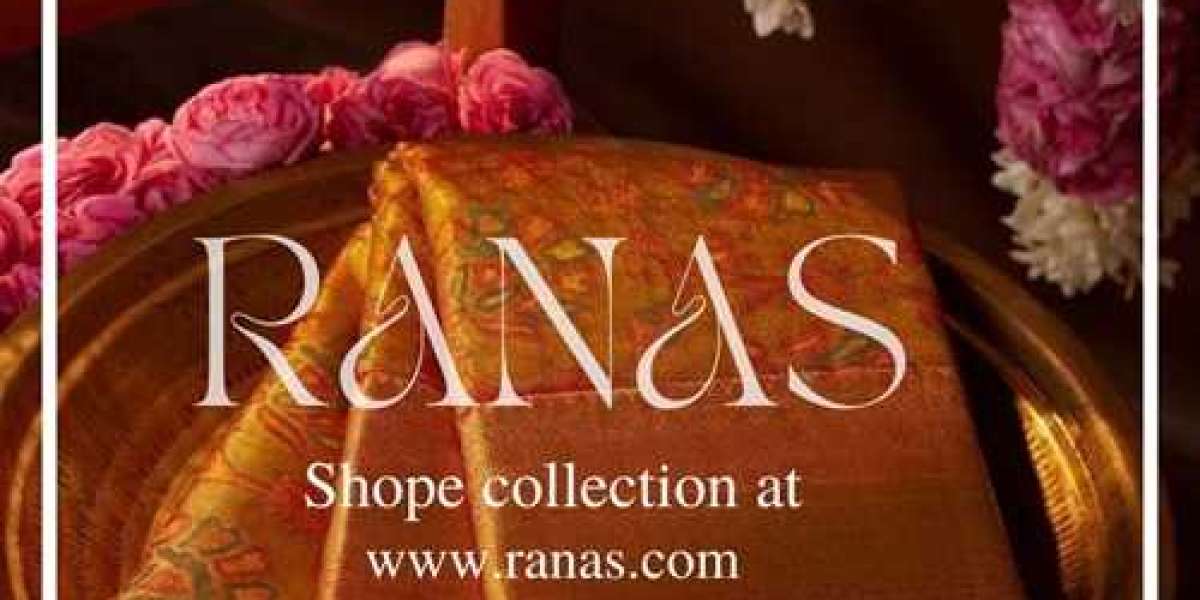Leheriya sari, a distinctive and vibrant type of Indian sari, embodies the rich cultural heritage of Rajasthan. Known for its wave-like patterns, leheriya (also spelled leheriya or lehariya) means "waves" in Hindi, a reflection of the undulating designs that characterize this textile. Originating from the arid landscapes of Rajasthan, leheriya saris are not just garments but a celebration of traditional craftsmanship, cultural symbolism, and artistic expression.
Historical Significance
The history of leheriya dates back several centuries, with roots deeply embedded in the royal traditions of Rajasthan. It is believed that the technique was developed during the reign of the Rajput kings, who were known for their patronage of the arts and crafts. The Rajputs, with their affinity for vivid colors and intricate designs, significantly influenced the development of various textile crafts, including leheriya.
Leheriya was traditionally worn by the royalty and nobility of Rajasthan, often as turbans, symbolizing their high status and sophisticated taste. Over time, the technique evolved and was adapted into the creation of saris, allowing women to adorn themselves with these beautiful patterns. The sari form of leheriya gained immense popularity due to its vibrant colors and unique patterns, making it a staple in festive and religious attire.
Crafting the Leheriya Sari
The creation of a leheriya sari involves a meticulous process of tying and dyeing, known as the resist dyeing technique. This method ensures that the characteristic wave patterns are achieved with precision and clarity. Here is a step-by-step overview of how a leheriya sari is crafted:
Selection of Fabric: The first step involves choosing a suitable fabric, typically lightweight materials like cotton, silk, or georgette. The fabric's ability to absorb dyes and maintain the crispness of patterns is crucial.
Tying: The fabric is twisted and tied at regular intervals using threads or rubber bands. These ties act as resist points, preventing the dye from penetrating certain areas, thereby creating the distinctive wave patterns.
Dyeing: The tied fabric is then dipped in dye baths, usually starting with the lightest color and progressing to darker shades. Traditional leheriya uses natural dyes, but modern versions may incorporate synthetic dyes for a broader range of colors.
Untying and Drying: After the dyeing process is complete, the fabric is carefully untied and allowed to dry. The untying reveals the beautiful, undulating patterns characteristic of leheriya.
Finishing: The dyed fabric is then washed to remove any excess dye and ensure colorfastness. It is also starched and ironed to enhance its texture and appearance.
Patterns and Colors
Leheriya saris are renowned for their vibrant color combinations and intricate patterns. Traditional color palettes include bright hues like red, yellow, blue, green, and pink, often used in contrasting combinations to enhance the visual appeal. The patterns range from simple, broad waves to intricate, narrow lines, each representing a different level of craftsmanship.
The choice of colors and patterns in leheriya saris is not merely aesthetic but also symbolic. For instance, red and yellow are often associated with auspicious occasions and religious ceremonies, while blue and green may represent nature and tranquility. The patterns, on the other hand, can signify different seasons or festivals, making each leheriya sari a unique cultural artifact.
Cultural Significance
Leheriya saris hold a special place in the cultural fabric of Rajasthan. They are an integral part of various festivals and celebrations, including Teej, Gangaur, and Diwali. During these occasions, women adorn themselves in brightly colored leheriya saris, adding to the festive spirit and vibrancy.
Moreover, leheriya saris are often worn by brides as part of their trousseau, symbolizing prosperity and happiness. The wave patterns are believed to bring good luck and ward off evil spirits, making them a popular choice for wedding attire. The sari's flowing design and vivid colors also represent the dynamic and vibrant spirit of Rajasthani culture.
Modern Adaptations and Trends
While leheriya saris remain rooted in tradition, they have also evolved to cater to contemporary fashion sensibilities. Modern designers have experimented with the classic patterns, introducing new color palettes, fabrics, and styles to appeal to a broader audience. Some of the contemporary trends in leheriya saris include:
Fusion Styles: Designers are blending traditional leheriya patterns with modern silhouettes, creating fusion wear that appeals to younger generations. Leheriya skirts, dresses, and even lehengas have become popular choices for festive and casual wear.
Digital Prints: With advancements in textile printing technology, digital prints have become a part of the leheriya trend. These prints replicate the traditional wave patterns with precision, offering a modern twist to the classic design.
Sustainable Fashion: In response to the growing demand for sustainable fashion, some designers are reviving traditional dyeing techniques using eco-friendly materials and natural dyes. This approach not only preserves the art form but also promotes environmental sustainability.
Celebrity Endorsements: The popularity of leheriya saris has been further boosted by celebrity endorsements. Bollywood actresses and fashion influencers often don leheriya saris, bringing them into the limelight and making them a fashion statement.
Conclusion
Leheriya sari is more than just a piece of clothing; it is a testament to the rich cultural heritage and artistic ingenuity of Rajasthan. From its historical origins in royal courts to its modern-day adaptations, leheriya continues to enchant with its vibrant colors and intricate patterns. As it evolves to meet contemporary fashion trends while staying true to its roots, the leheriya sari remains a timeless symbol of tradition, artistry, and cultural identity.
Whether worn during festivals, weddings, or as a fashion statement, the leheriya sari embodies the spirit of Rajasthan, weaving together stories of history, craftsmanship, and cultural significance. Its undulating wave patterns, vibrant hues, and meticulous craftsmanship ensure that leheriya will continue to be cherished and celebrated for generations to come.
For more info:- rajput poshak














